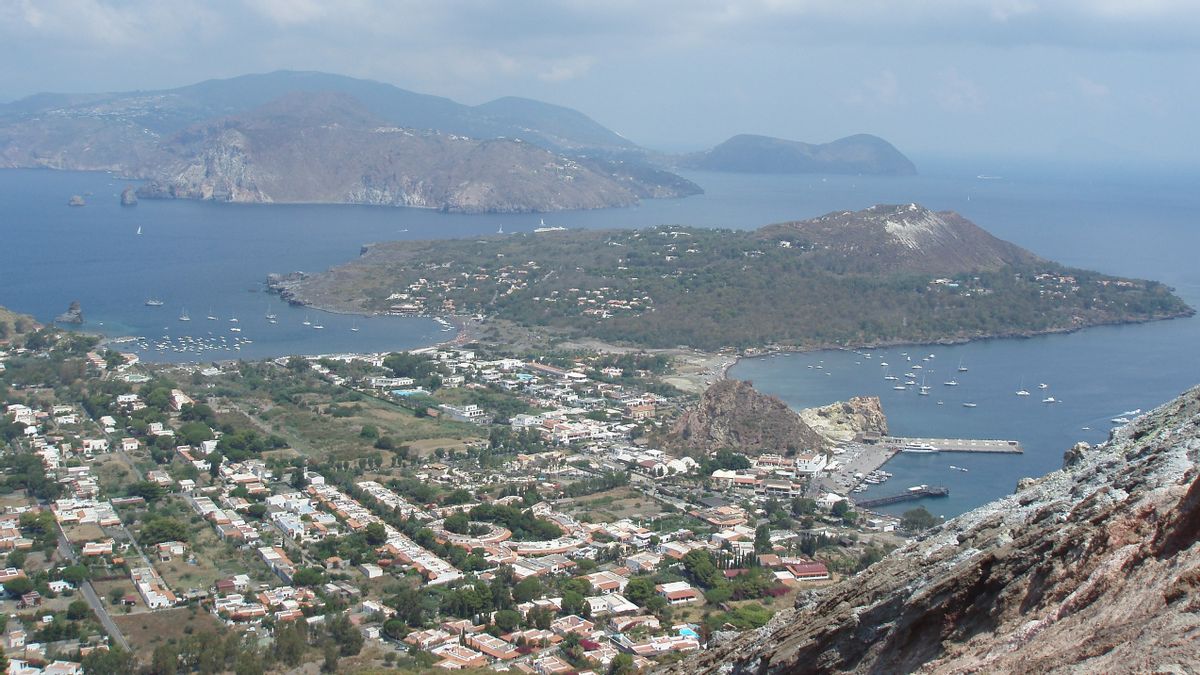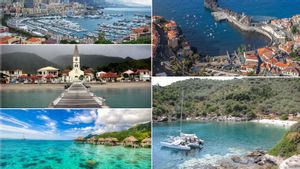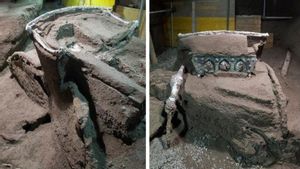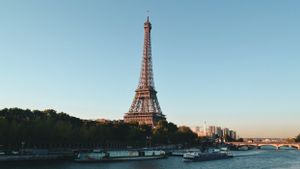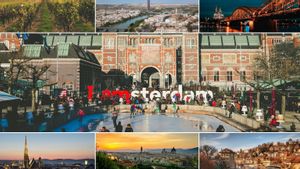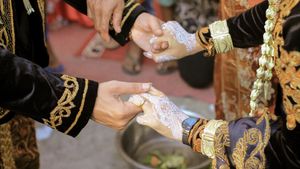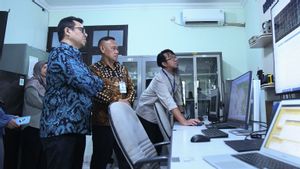JAKARTA - Italy truly has a timeless appeal. This country has been through so much recently, so you can be forgiven for forgetting the features that make Italy one of the most geographically diverse and spectacular countries in the world.
Beyond classic destinations like Venice, Florence, Milan, and Rome, there are gorgeous islands of all shapes and sizes that invite discovery. And the Aeolian archipelago off Sicily's northern coast, arguably the most enchanting. Here, overtourism was never really a problem
Seven islands in Italy's Aeolian Archipelago include the lush Salina, the jet-set playground island Panarea, and the delicate Stromboli, whose eponymous active volcanic volcano is a sight that has fascinated travelers since ancient times.
The Aeolian Archipelago is arguably the purest archipelago in the entire Mediterranean and is also a UNESCO World Heritage Site. As reported from Euronews, going there by ferry from the Sicilian city of Milazzo or by flying to Naples or Palermo and then taking a number of ferries, there are a number of destinations that you can visit while on vacation.
Stromboli

The volcano Stromboli is aptly known as the 'lighthouse of the Mediterranean' because each night, lava erupts from above and flows down from Sciara del Fuoco into the sea. What a sight to behold, especially when enjoyed from the outer deck of the evening boats - easy to find in the small harbor of Ginostra.
The volcano is actually 8,000 feet high, while only about 3,000 feet above sea level. There are a few small villages and some decent black sand beaches on the island, but basically, Stromboli is a giant volcano.
Salina

Two sluggish and extinct volcanoes form the backbone of Salina. The taller one, Monte Fossa delle Felci, at 962 meters, is the highest peak in the Aeolian archipelago.
Unlike tough Stromboli, it is a lush, green island. Its most famous products are capers and Malvasia, a sweet, fragrant white wine made from dry grapes.
Its main port is Santa Marina, but for the best views and the most interesting places to stay, take the bus to the village of Malfa, where the Hotel Signum has a delightful al fresco restaurant and a great spa. At the top of the cliffs of Capofaro Locanda & Malvasia, you may need to cross a vineyard to get to your room.
Panarea

Panarea is one of the smallest of the Aeolians. With a combination of geography and reputation that has caught the eye of top figures like Uma Thurman and Giorgio Armani, this is Italy's answer to Mykonos.
In fact, the whitewashed paths of the main village are reminiscent of that Greek Island Town. It's no surprise, then, that before the ancient Romans were here, Panarea was inhabited by Mycenaean Greeks.
The cool, eclectic Raya Hotel helped put Panarea on the map in the 1960s and is still a great place to stay. Take a short boat trip to the lonely island of Basiluzzo where you can swim in the clear blue waters. On the water, Panarea Air offers helicopter tours of the nearby Stromboli volcano.
Lipari

Lipari at nearly 15 square miles, Lipari is the largest in the Aeolian Archipelago and has evidence of settlement long before the arrival of the ancient Greek invaders.
The main town, also called Lipari, is the commercial capital of Aeolian and feels like a more down-to-earth version of Capri. It is also home to a must-see archaeological museum, famous for its exhibitions of some ancient shipwreck cargo and the world's largest collection of miniature ancient Greek theatrical masks.
From the Quattrocchi (Four Eyes) lookout point, about two miles from the town of Lipari, you can see dramatic vistas and views across the water to Vulcano Island.
Filicudi

When approaching small and remote Filicudi, don't miss La Canna, a volcanic rock that juts out like a guard 243 feet above sea level. It was the perfect introduction to an island that literally felt like it had fallen off the map, which is a little deceptive since this mountainous green island has been inhabited since Neolithic times.
You can check out the ruins of the Bronze Age seaside village of Capo Graziano, about a 10-minute drive south from the small port. For the best of seafood, try Ristorante La Canna, perched just above the harbor, or La Sirena on the even smaller Pecorini a Mare beach.
Vulcano

The ancient Greeks called it Therassia and ascribed it to Hephaestus, the god of fire. But the Romans changed the name of the island to Vulcano and thought it was the chimney of Vulcan, their god of fire. It's hard to argue with this as you hike or drive past smoked sulfur fumaroles on your way to the Gran Cratere della Fossa, the largest of the stratovolcanic cones.
SEE ALSO:
At the far north is little Vulcanello, the result of an eruption in 183 BC and connected to the main island by an isthmus. It's there, in Porto di Ponente, where you can indulge in therapeutic mud baths and take a dip on the expansive black sand beaches. For those who like to plan ahead, the best place to stay on Vulcano is the Therasia Resort - the views from there across the sea to Lipari will blow your mind away. The resort reopened in April.
The English, Chinese, Japanese, Arabic, and French versions are automatically generated by the AI. So there may still be inaccuracies in translating, please always see Indonesian as our main language. (system supported by DigitalSiber.id)
